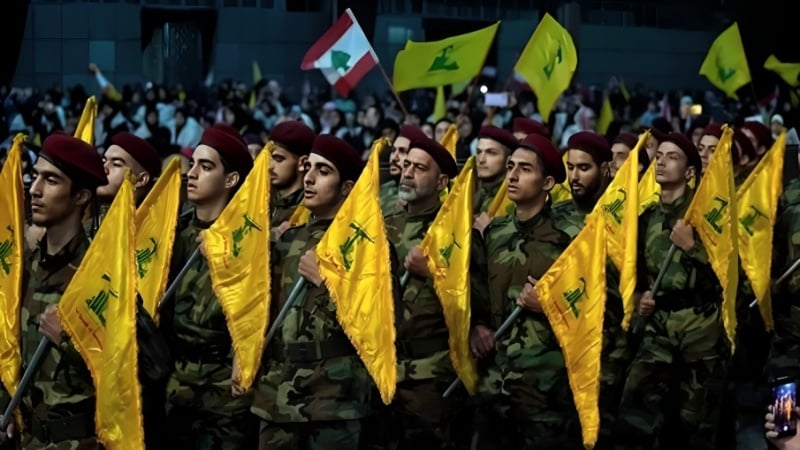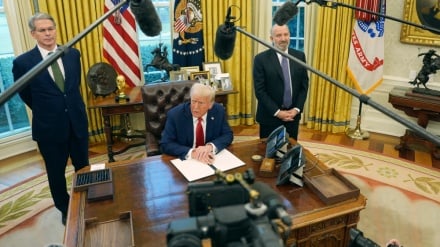Is disarming Hezbollah possible?
-

Is disarming Hezbollah possible?
Pars Today – In recent weeks, a plan to disarm Hezbollah in Lebanon has been put forward under U.S. pressure and with the support of the Israeli regime.
The disarmament plan for Hezbollah is pushing Lebanon’s political climate to a boiling point during the most heated and turbulent days in West Asia. According to Pars Today, citing IRNA, this plan—introduced under U.S. pressure and backed by Israel and certain regional governments—is viewed by many observers not only as a violation of Lebanon’s sovereignty but also, by ignoring the political and security realities of the country, as a source of potential internal instability and heightened regional tensions.
Historical roots and status of Hezbollah
Hezbollah emerged in the 1980s in response to Israeli occupation, transforming into a multidimensional force with military, political, and social roles. Its victories in liberating southern Lebanon (2000) and the 33-Day War (2006) cemented its position as a symbol of national resistance.
The Taif Agreement (1989) formally recognized Hezbollah's arms as tools of resistance. However, UN Security Council Resolution 1701 (2006) and the November 2024 ceasefire called for disarming non-state groups—a demand that has effectively failed in implementation.
The U.S. plan and its objectives
The proposal put forward by Washington includes the complete disarmament of Hezbollah, deployment of the Lebanese army in the south, Israel’s promise to withdraw from five occupied points, resolution of border issues, and a claim of strengthening national sovereignty. However, these objectives primarily serve the interests of Israel and the United States. The condition of disarmament without halting Israeli aggressions, conditional commitments, and the lack of credible security guarantees make this plan appear unrealistic.
Internal challenges
1- Sectarian divisions: The recent resolution passed in Lebanon’s cabinet without the presence of Shia ministers violates Lebanon’s political norms and escalates sectarian tensions. Hezbollah and the Amal Movement have deemed it illegal, while the Shia community views disarmament as an existential threat. The 2008 crisis experience also shows that such measures could lead to internal conflict.
2- Weakness of the Lebanese army: The army meets only part of its operational needs and lacks sufficient defensive capability. The economic crisis has further exacerbated this weakness. Therefore, the mission of disarmament seems impractical for the army.
3- Weakening national sovereignty: At a time when Israel attacks Lebanese territory daily and continues to occupy certain areas, disarming Hezbollah would mean eliminating the only deterrent force.
Regional consequences
The plan to disarm Hezbollah is part of the broader strategy of the United States and Israel to weaken the Axis of Resistance following the “Al-Aqsa Storm” operation. Israel uses this plan to justify its attacks against Hezbollah, increasing the risk of wider regional conflict. Moreover, foreign interventions, along with drone and satellite surveillance, undermine Lebanon’s sovereignty.
Possible scenarios
- Continued political deadlock, leaving the plan only on paper.
- Internal conflict if the Lebanese government insists on enforcing the plan by force.
- National dialogue to draft a joint defense strategy; however, without an end to Israeli aggressions and credible security guarantees, this appears unlikely.
Conclusion
The plan to disarm Hezbollah, due to the violation of sectarian consensus, the lack of security guarantees, and foreign interference, is not only unfeasible but also exposes Lebanon to instability and external domination. As long as Israeli aggressions continue and no credible security guarantees are provided, the weapons of the resistance—seen as the guarantor of national security—will remain non-negotiable.


